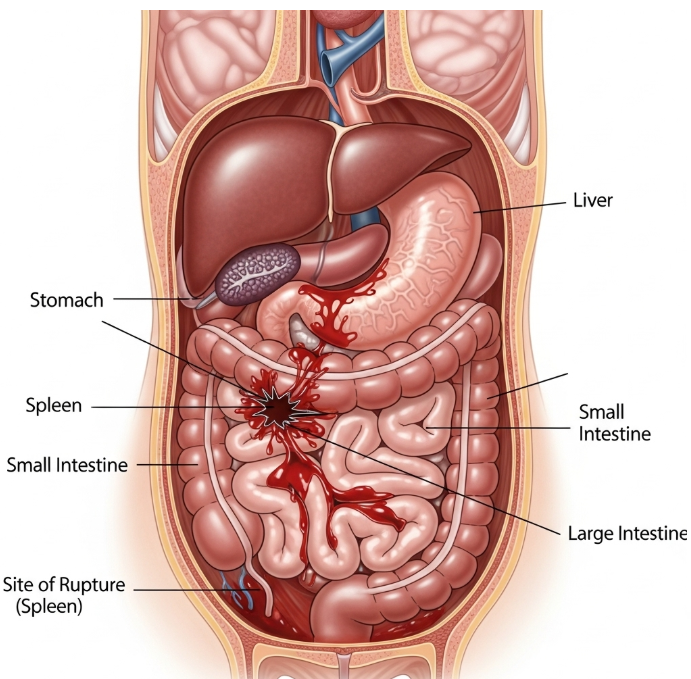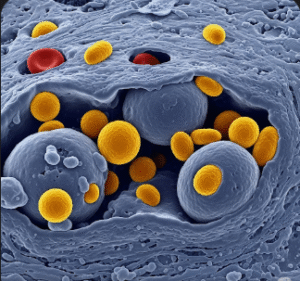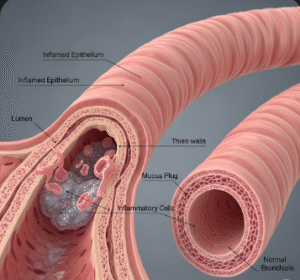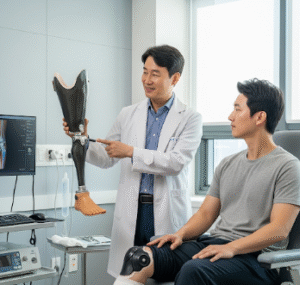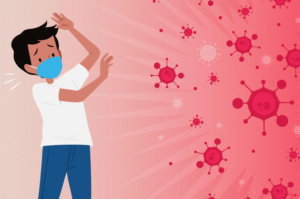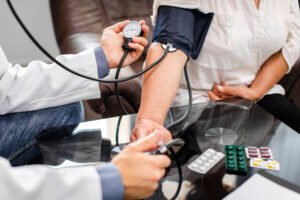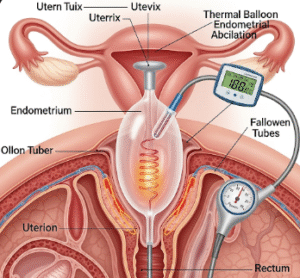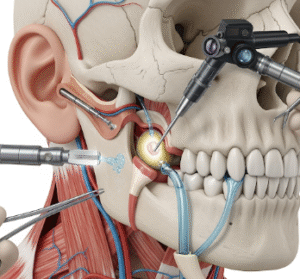Overview
Hemopneumothorax is a serious medical condition where both blood and air accumulate in the pleural cavity around the lungs. This can compromise breathing and lead to respiratory distress. In Korea, advanced emergency care and thoracic surgery are available to promptly manage hemopneumothorax and prevent life-threatening complications.
What is Hemopneumothorax?
Hemopneumothorax occurs when air (pneumothorax) and blood (hemothorax) enter the pleural space, usually due to trauma or underlying lung pathology. This condition can reduce lung expansion, impair oxygen exchange, and cause chest pain and breathing difficulties.
Symptoms
- Sudden chest pain on the affected side
- Shortness of breath or rapid breathing
- Coughing, sometimes with blood
- Low blood pressure and rapid heart rate in severe cases
- Cyanosis (bluish lips or skin)
- Weakness or dizziness
Causes
- Blunt or penetrating chest trauma (accidents, falls, violence)
- Complications from lung surgery or medical procedures
- Ruptured lung lesions or blebs
- Severe infections or lung disease
- Blood clotting disorders increasing risk of bleeding
Risk Factors
- High-risk occupations or activities (construction, contact sports)
- Chronic lung disease (COPD, emphysema)
- Use of anticoagulant medications
- History of chest trauma or prior pneumothorax
- Smoking or poor lung health
Complications
- Respiratory failure due to collapsed lung
- Hypovolemic shock from significant blood loss
- Tension pneumothorax with cardiovascular compromise
- Infection of pleural space (empyema)
- Long-term lung scarring or reduced pulmonary function
Prevention
- Safety measures to prevent chest trauma
- Avoid smoking and manage chronic lung conditions
- Prompt treatment of infections and lung diseases
- Careful monitoring during invasive chest procedures
- Regular follow-up for patients with previous pneumothorax or thoracic injuries
Treatment Options in Korea
Diagnosis
- Chest X-ray to detect air and fluid in the pleural cavity
- CT scan of the chest for detailed assessment
- Blood tests to monitor hemoglobin, hematocrit, and coagulation
- Physical examination, including vital signs and respiratory assessment
Medical & Surgical Treatments
- Chest tube insertion (thoracostomy) to remove blood and air
- Fluid resuscitation and blood transfusions if significant blood loss occurs
- Surgery (thoracotomy or VATS) for uncontrolled bleeding or lung repair
- Oxygen therapy and respiratory support in severe cases
- Management of underlying causes such as lung lesions or trauma
Rehabilitation and Support
- Pulmonary rehabilitation to restore lung function
- Monitoring for recurrence or infection
- Gradual return to physical activity
- Education on recognizing early signs of recurrence

